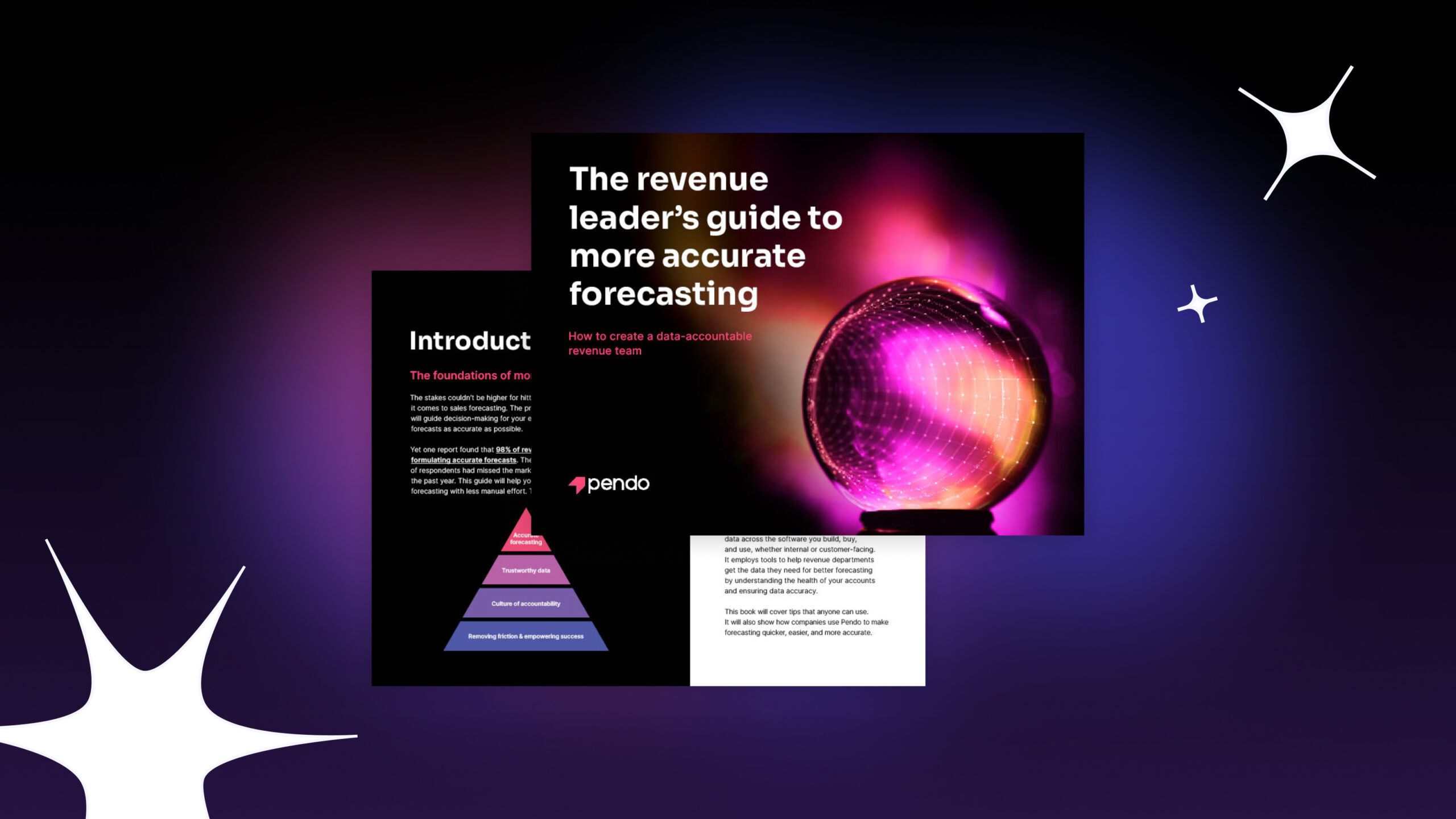How are your users interacting with your product? Where are they getting stuck? Which features are they using most frequently, and which are getting ignored? Product analytics can answer these key questions and many more.
What is product analytics?
Product analytics is a category of business intelligence software that captures and exposes usage patterns from digital products like web and mobile applications via event tracking, event properties, and event and property grouping. Product managers, user experience (UX) designers, and growth strategists rely on product analytics (sometimes called “click tracking” or “click path analytics”) to track digital interactions within their apps, websites, and devices. That data informs decisions about how to improve the product experience and drive business outcomes. Usage data tends to be more reliable than user surveys and product testing alone.
The way the data is grouped and queried plays a major role in how useful product analytics are to the product manager, UX designer, or growth strategist. Some of the most common ways to understand product usage include:
Trends: Graph engagement with certain features or pages and compare against other parts of the product over time, or compare engagement with a single part of the product over two different time periods.
Funnels: Track the levels of drop-off at each step across a specific subset of features and pages in the product. With a funnel analysis, any combination of steps can be reviewed in any chronology.
Paths: See all the product journeys users take either leading up to or following a specific interaction, with a measure of how common or uncommon the next step being taken is. Unlike funnels, paths include all possible upstream or downstream interaction scenarios.
Why should I use product analytics?
User insights and ROI
Until recently, product decisions were evaluated by whether or not a feature launched on time. Product analytics allows product and UX teams to better understand the effectiveness of their strategies or user engagement and their return on investment (ROI). The data that comes from tracking in-app events helps product teams learn what parts of the product are being used, how often, and by whom, as well as the product experience paths that lead to the outcomes that matter most.
Growth and experimentation
Product analytics unlocks the metrics by which hypotheses are made and meaningful engagement is measured: adoption by monthly active users (MAU), adoption by daily active users (DAU), stickiness by return rate over time, breadth across features or products, depth across users in a specific cohort or account, and how they relate to business metrics. With product analytics, product managers, UX designers, and growth strategists can observe a challenge or opportunity, develop a plan, deploy the change, measure outcomes, and iterate with minimal latency or dependencies.
What are some use cases for product analytics?
For product managers, UX designers, and growth strategists alike, the application of product analytics starts with a question to answer. Examples of common questions that can be answered by product analytics include:
- How would a change to the experience affect engagement?
- Which features should we retire to improve outcomes?
- What combination of interactions contributes most to conversion?
- Why are certain products in my portfolio stickier than others?
- Where are the biggest frictions and leaks during onboarding?
With product analytics tools, companies can also correlate their product insights with user analytics and other operational metrics to get a clear view of how the product impacts behaviors and leads to key business results.
Product analytics solutions typically track two types of data about user interactions:
Event Tracking
User actions are commonly called “events.” Events include clicks, slides, gestures (for mobile and other device types), play commands (for audio and video), downloads, page loads, and text field fills. The event includes the type of element, the name of the element, and the action the user took. Generic examples of events include Create Account, Add to List, Submit Feedback, Share Dashboard, Select Option, Play Tutorial, Change View, and Complete Onboarding.
Event Properties
The way one understands the specific attributes of the tracked interactions is the work of event properties. Product managers, UX designers, and growth strategists don’t only care if something happened, but also the context that distinguishes activity from impact when analyzed longitudinally. Event properties can include details like time, duration, count, device, software version, geography, user demographic, account firmographic, element characteristics (like color, size, shape), boolean (like login: yes/no), and custom attributes (like basic/pro/enterprise).
What’s the origin of product analytics?
For today’s product managers, UX designers, and growth strategists, product analytics is the key to building a product roadmap and driving innovation and continuous improvement. Where web properties were historically judged by metrics that revealed little about the relationship between digital products and business objectives — page views and session duration — the modern app-based web and mobile internet is powered by more telling and contextual interactions: events, engagement, and journeys. The shift toward meaningful insights is particularly relevant in multi-app portfolios — especially across platforms and devices — where tracking and correlating a variety of product data dictate the design, functionality, and experiments that drive product strategy and growth.
Recommended reading
High Growth Handbook by Elad Gil
This book takes readers through how major companies like Stripe, Square, Airbnb, and Twitter grew from ideas to global powerhouses. One of the keys to their incredible success? Product analytics.
Measuring Your Product’s Performance With Benchmarks by Blake Bartlett
Successful PMs constantly measure their product’s performance using analytics. But can they compare that performance with that of peer products? With benchmarks, they can.
Practical Web Analytics for User Experience by Michael Beasley
This book is a must-read for PMs and UX designers alike. Learn how product analytics can help you build a holistic picture of your users’ overall product journey.
The Path to Product-Qualified Leads by Matheus Mello
You’ve heard of MQLs and SQLs, but what about PQLs? Product qualified leads might be the product analytics metric you’re looking for to quantify user delight and success.
Why Product-Led Growth Is of Rising Importance by Wesley Bush
Product-led growth is a new way of running a SaaS business and encompasses an intense focus on product analytics. It’s also non-optional if you want your company to survive long-term.


